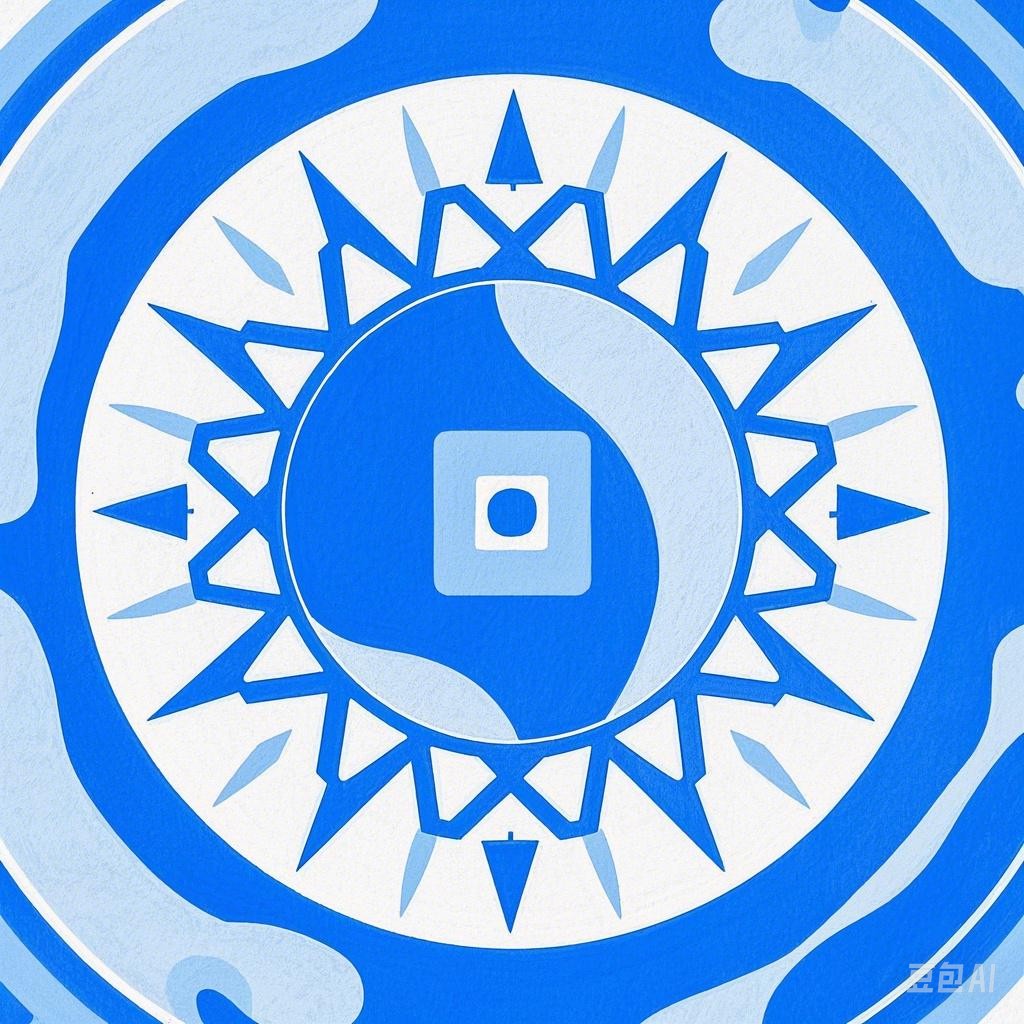The Spring Equinox, also known as the Vernal Equinox, marks the beginning of spring in the Northern Hemisphere and autumn in the Southern Hemisphere. It is an astronomical event that symbolizes the balance between day and night, and the transition from winter to spring. This article delves into the significance of the Spring Equinox, its cultural celebrations, and the scientific phenomena that accompany this time of year.
The Astronomical Significance
What is the Spring Equinox?
The Spring Equinox occurs when the Sun crosses the celestial equator, the great circle of the Earth’s equator projected onto the celestial sphere. This happens around March 20 or 21 each year, depending on the year’s exact astronomical timing.
Day and Night Equilibrium
During the Spring Equinox, the duration of daylight and nighttime are approximately equal, both being around 12 hours long. This balance signifies a time of equilibrium and renewal.
The Earth’s Axial Tilt
The Earth’s axis is tilted at an angle of approximately 23.5 degrees relative to its orbital plane. This tilt is responsible for the changing seasons. As the Earth orbits the Sun, different parts of the planet receive varying amounts of sunlight, causing the seasons.
Cultural Celebrations
Ancient and Modern Celebrations
The Spring Equinox has been celebrated by various cultures throughout history. Some of the most notable celebrations include:
- Easter: Many Christians celebrate Easter around the time of the Spring Equinox, as it is believed to be the day Jesus Christ was resurrected.
- Ostara: In Germanic and Norse traditions, Ostara is a festival celebrating the awakening of the Earth from winter. It is similar to the Anglo-Saxon festival of Eostre, named after the goddess of the dawn.
- Holi: In Hinduism, Holi is a spring festival that celebrates the victory of good over evil and the arrival of spring. It is characterized by the throwing of colored powders and water, as well as music and dancing.
Modern Celebrations
Today, the Spring Equinox is still celebrated in various ways, including:
- Nature Walks: Many people take advantage of the longer daylight hours to enjoy nature walks and outdoor activities.
- Spring Cleaning: It is common for people to engage in spring cleaning during this time, as it is seen as a time of renewal and rebirth.
- Solar Festivals: Some cultures celebrate the Spring Equinox by observing the Sun’s position and its effects on the natural world.
Scientific Phenomena
Earth’s Position in Orbit
The Spring Equinox is significant because it marks the Earth’s position in its orbit around the Sun. At this point, the Earth is moving from its closest approach to the Sun (perihelion) to its farthest distance from the Sun (aphelion).
Phenomena at the Equinox
During the Spring Equinox, several interesting phenomena can be observed:
- Sunrise and Sunset: The Sun rises due east and sets due west, and its position in the sky is higher than at any other time of the year.
- Pole Tilt: The Earth’s tilt is at its maximum during the equinoxes, leading to the highest sunrises and sunsets in the Northern Hemisphere.
- Equinox Dews: In some places, the temperature difference between the ground and the air during the night can lead to dew forming on the morning of the equinox.
Conclusion
The Spring Equinox is a time of balance and change, celebrated across the globe in various ways. It represents the transition from winter to spring and the renewal of life. Whether you observe the astronomical phenomena or participate in cultural celebrations, the Spring Equinox is a reminder of the Earth’s beauty and the interconnectedness of all living things.
